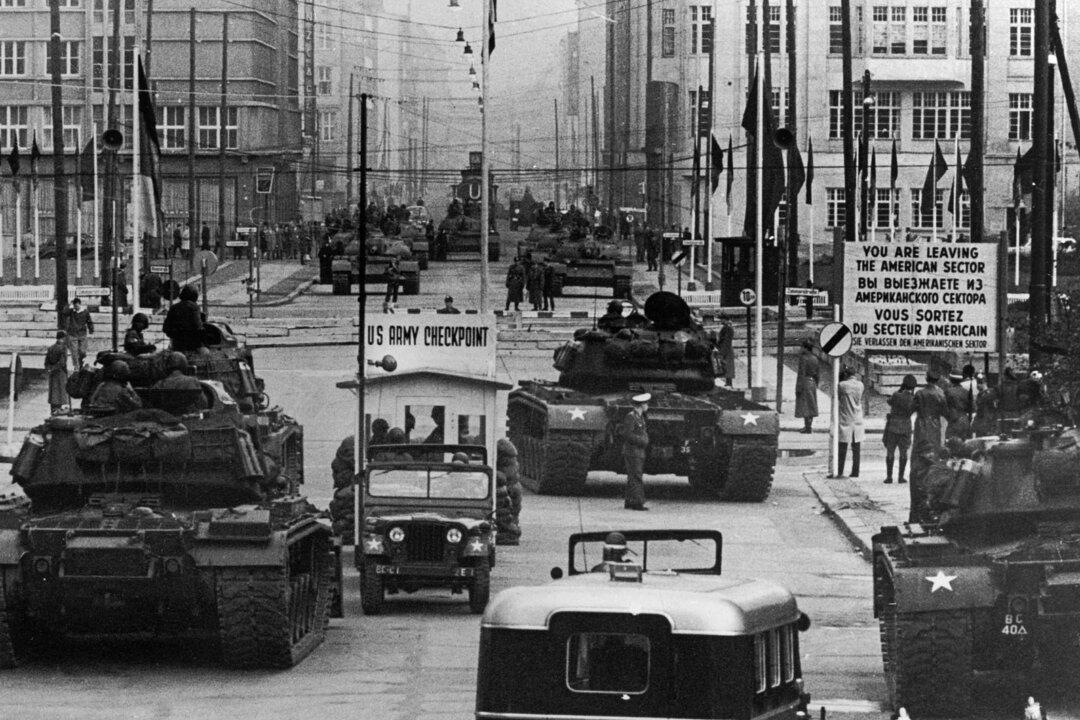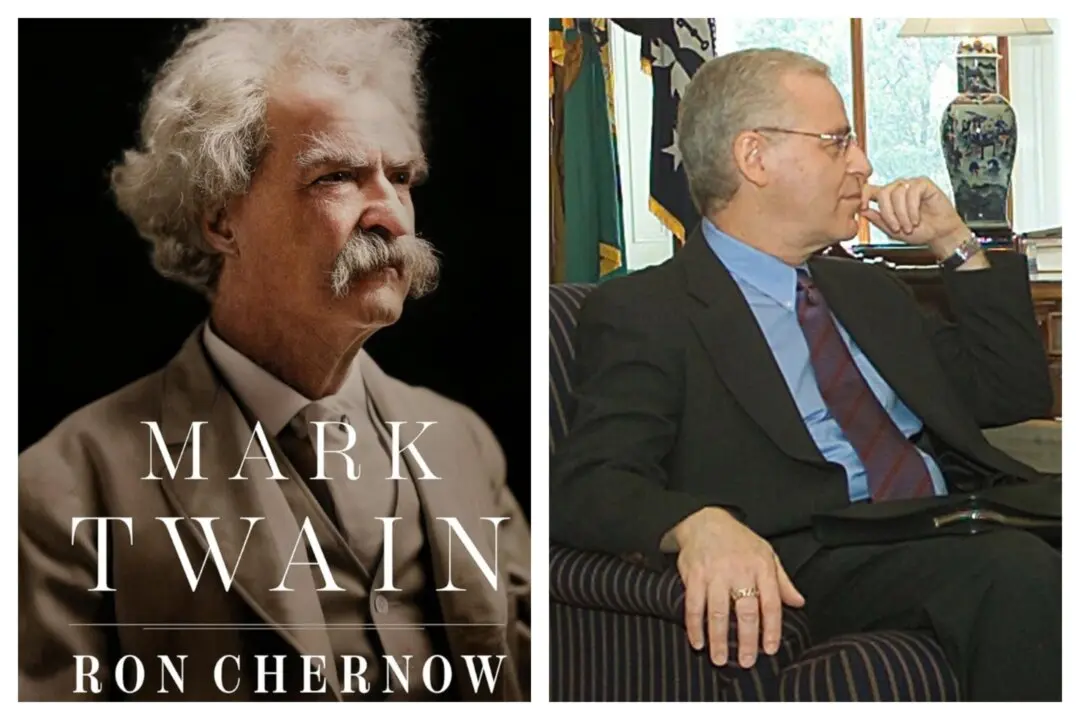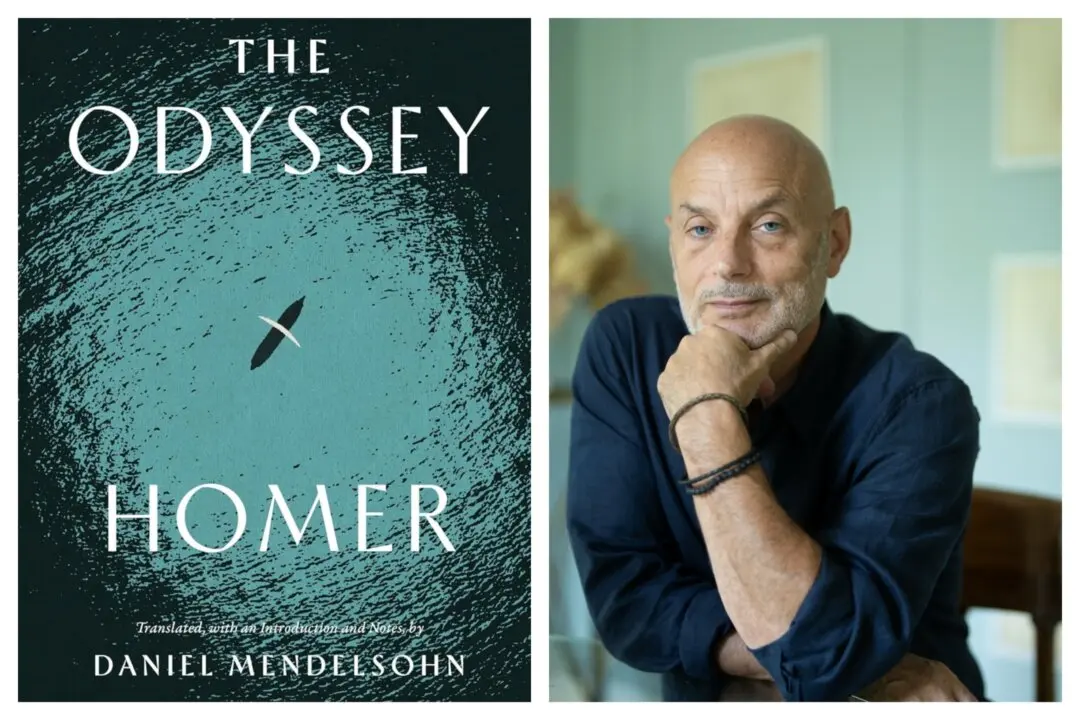At a small Missouri college, a crowd gathered to listen to whom many called “the man of the century.” On March 5, 1946, Winston Churchill walked to the podium in the auditorium of Westminster College to deliver his greatest post-World War II speech. His message spurred a decades-long chain of Cold War events that, uncannily, all occurred around the week of March 5–12. His talk was titled “The Sinews of Peace;” the world, however, remembers it as “The Iron Curtain Speech.”
Churchill, Truman, and Stalin
“The United States stands at this time at the pinnacle of world power. It is a solemn moment for the American Democracy. For with primacy in power is also joined an awe-inspiring accountability to the future,” stated Churchill.Churchill had guided Great Britain through its “darkest hours” as prime minister from May 1940 to May 1945; but two months after Nazi Germany surrendered, he and his Conservative Party lost the election. Sitting behind Churchill was the man who had introduced him to the audience, Harry S. Truman. Truman had been president all of four months before World War II came to its climactic conclusion. Seven months later, he sat listening to Churchill discuss a new threat.






